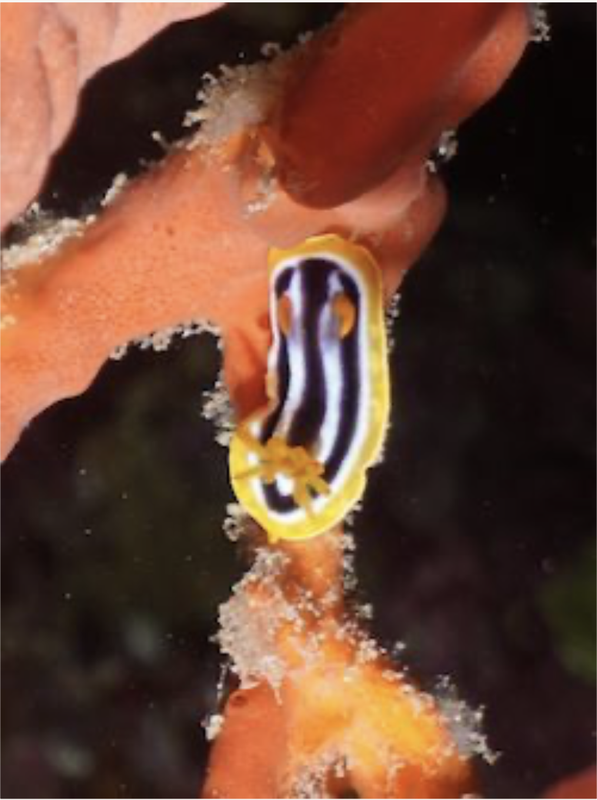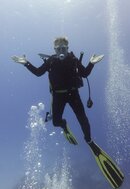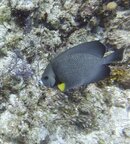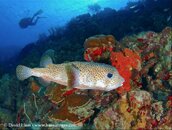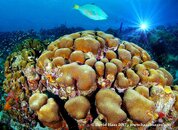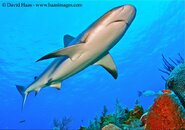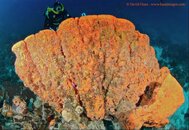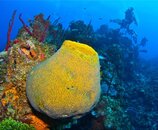Always know where your light is coming from, even more important underwater.
Get closer than you think you need, it helps reduce particulates.
Focus on the eyes of the marine creatures you photograph and as previously mentioned, tail shots are worthless.
Lead your fish, you want them to have space to swim to in the frame.
The 3-dimensional aspect of diving gives you much more creativity or options with respect to moving the camera around, so try to think in 3 dimensions, but again, as mentioned above, shooting up with a lighter background is often best.
Fish will almost always be pointing into the current (like birds in a breeze) so anticipate that and try to approach from up current so the fish are looking at the camera.
Some of the creatures are camouflaged and may also be unfamiliar to your viewer, so try to get lighting that casts shadows or helps illuminate or distinguish subjects from the background.
Shooting straight down at subjects is often easiest to arrange/accomplish, but it is unusual that this will generate a good composition.
You are going to be "not breathing" a lot if you are shooting macro.






